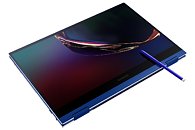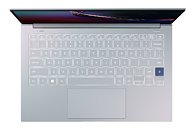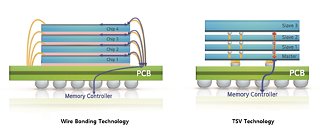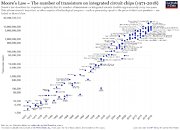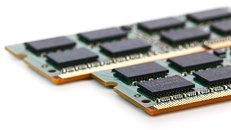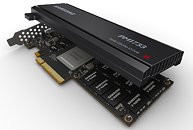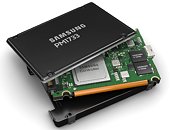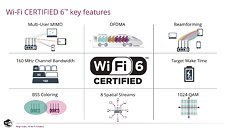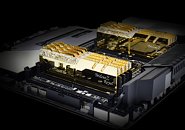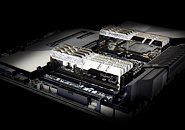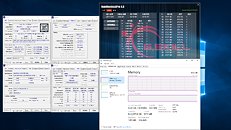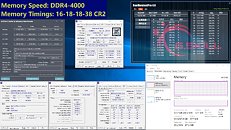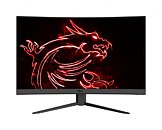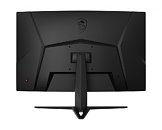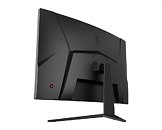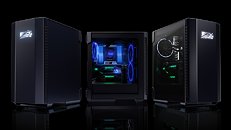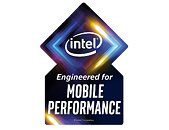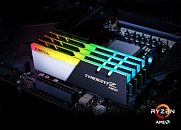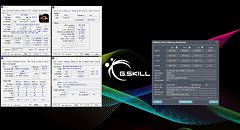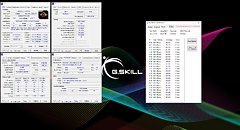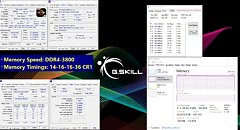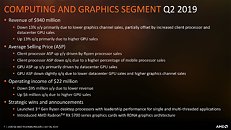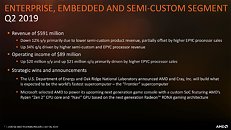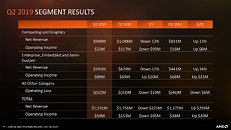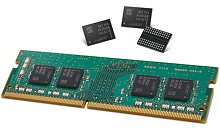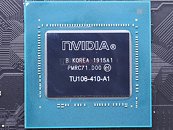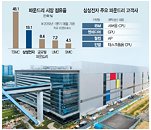
Samsung Delivers a New Computing Experience with Galaxy Book Flex and Galaxy Book Ion
Samsung Electronics today introduced Galaxy Book Flex and Galaxy Book Ion at the Samsung Developer Conference 2019 (SDC19), two premium laptops offering ultra-portable and ultra-powerful computing experiences to meet the unique needs of modern professionals for their always on-the-go lifestyles. Today's on-the-go consumers need PCs that deliver maximum productivity, while being mobile enough to take wherever you're going. Galaxy Book Flex and Galaxy Book Ion were built for that and more, offering a seamless continuity across multiple devices.
"Consumers often have to choose between mobility and high-performance hardware when choosing a laptop," said YoungGyoo Choi, Senior Vice President of, Mobile Communications Business at Samsung Electronics. "Galaxy Book Flex and Galaxy Book Ion eliminate the need to compromise by offering powerful performance with unparalleled portability and display innovation."
"Consumers often have to choose between mobility and high-performance hardware when choosing a laptop," said YoungGyoo Choi, Senior Vice President of, Mobile Communications Business at Samsung Electronics. "Galaxy Book Flex and Galaxy Book Ion eliminate the need to compromise by offering powerful performance with unparalleled portability and display innovation."


